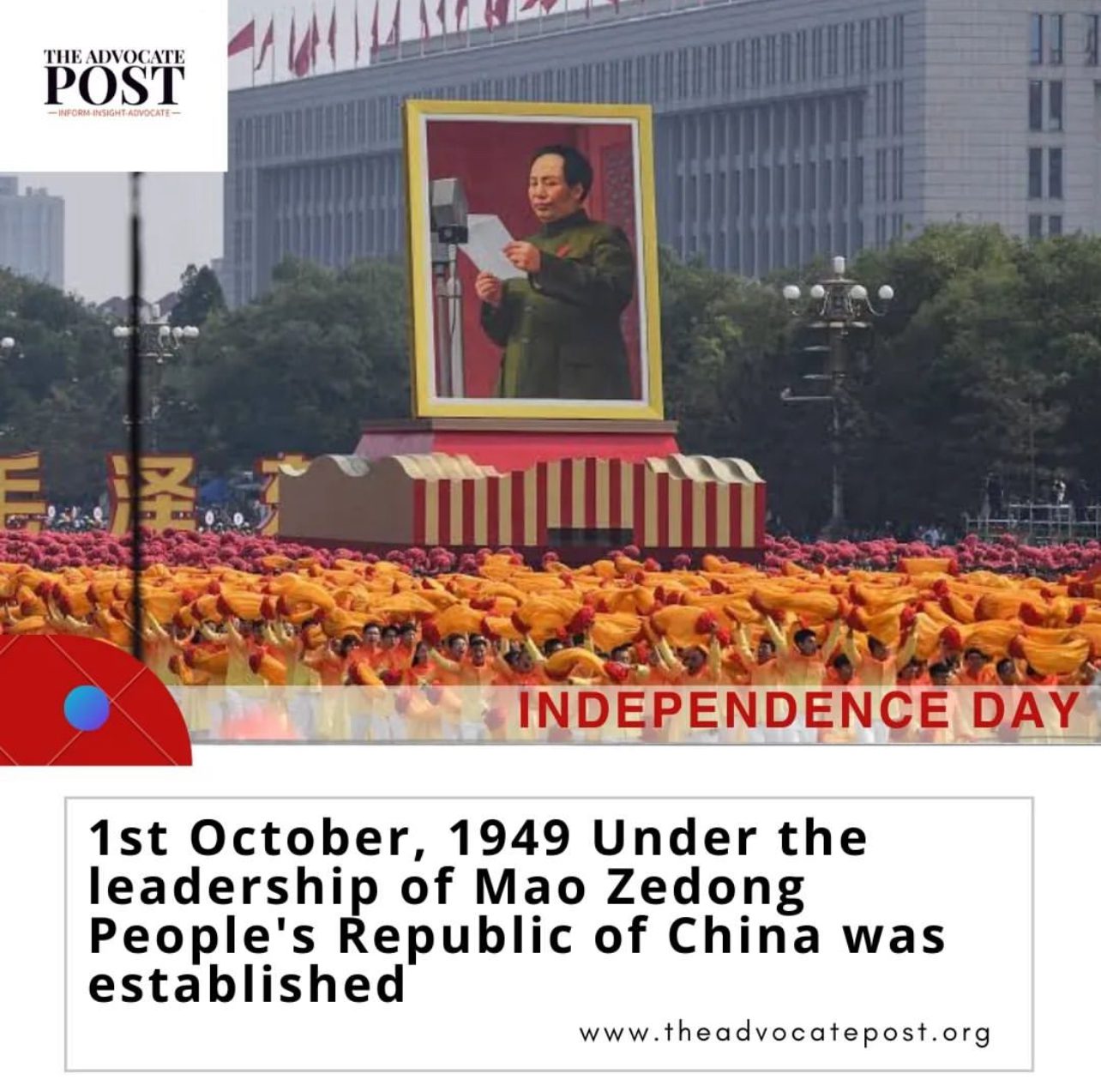China doesn’t celebrate a single Independence Day like some countries do. Instead, it commemorates several key historical events throughout the year that mark significant milestones in its journey towards the establishment of the People’s Republic of China on October 1, 1949. These events are part of China’s National Day celebrations, which culminate on October 1st.
One of the most important events leading to China’s independence is the Double Ten Day on October 10th, which marks the Wuchang Uprising of 1911 that eventually led to the overthrow of the Qing Dynasty and the establishment of the Republic of China.
Another critical moment in China’s history is the May Fourth Movement, which began on May 4, 1919. This movement was a protest against the Treaty of Versailles, which imposed unfair terms on China after World War I. The May Fourth Movement sparked a new wave of nationalism and intellectual growth in China.
In addition to these historical events, China also observes Victory over Japan Day on September 3rd, commemorating the end of World War II and China’s role in the victory over Japan.
While these dates are not Independence Days in the traditional sense, they are significant in China’s history and contribute to the narrative of the country’s journey towards independence and sovereignty. National Day celebrations in China typically include flag-raising ceremonies, parades, fireworks, and various cultural activities.
So, in a different way, China marks its path to independence through a series of historical events and celebrations throughout the year.
www.theadvocatepost.org
And follow us on social media @theadvocatepost





